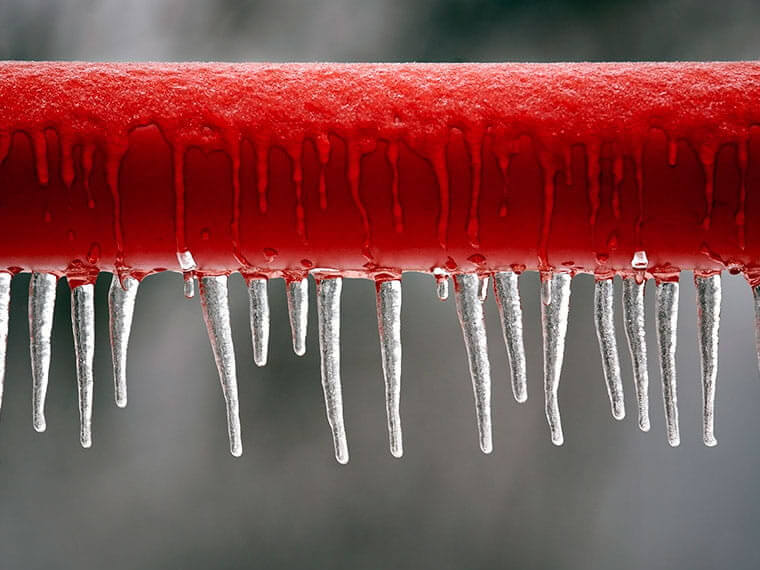
Houston Weatherproofing Checklist for Winter
Weather Proof Your Home This Winter
How to shield your home against the elements before the real cold hit this holiday season.
Keep the cold outside by eliminating leaks and drafts
Check for leaks around doors, windows, and outlets.
- Inspect your doors and windows for drafts and cracks, and make sure they close tightly. If you can feel air coming in through a closed window or door, it’s time to make some repairs.
- Have a friend stand on the other side of a door or window from you, and shine a flashlight at the frames. If the other person can see the light peeking through gaps, you may have a leak.
- Put a sheet of paper on the floor under your front door and close the door. If you can pull the paper out easily, you have a leak. Follow the same step with any other door that leads outside your home.
- Turn off appliances that affect air movement in your home (heaters, fans, etc). Light a candle or stick of incense and hold it up to door frames, window frames, and outlets. Watch the smoke. You may have a leak if you can see the smoke blowing sideways.
Fix drafty windows and door.
- If you have a small leak in your windows, you can patch it by pressing rope caulk or V-seal weather stripping along the edges as a temporary fix.
- Call a professional to replace the window if there’s a crack in the glass itself or to install storm windows for even better insulation. If air is coming in through gaps around your door, call a John Moore door replacement and installation expert to replace the door if it’s old or broken, or weatherstrip the sides and top of your door and install a new door sweep if the draft is coming through the bottom.
Inspect your roof and siding for cracks and damage.
Working up on the roof can be dangerous, so you should definitely call a professional to take care of your roof and siding inspection if you’re uncomfortable getting up there for any reason.
- To inspect your siding, you will need to take a good look at every part of your exterior walls to look for holes, bubbles, gaps, cracks, fading, peeling, signs of moisture damage, rot, fungi, and mold.
- Winterize your roof to make sure your shingles are in good shape and to check for water damage.
If you do find damage and need siding installation and repair or roof repair, it’s important to get it fixed sooner than later, since small problems in these areas can quickly become much bigger problems. A cracked shingle or a tiny leak may not look like much of an issue, but water damage begets water damage, leaks multiply, and repair costs mount quickly.
Keep heat inside with proper insulation
Now that you’ve done what you need to keep the cold and rain out of your house, let’s turn to keeping the heat inside. Chances are your heater uses more energy than any other appliance during the winter, and if you don’t have enough insulation, you’re spending more than you need to on heating and straining your home’s heating system. Plus, in case of a power outage during a freeze, good insulation will keep your home warm without a heater by preventing bodily heat and heat from candles or a fireplace from escaping.
Attic insulation
Think of attic insulation like a nice cozy sweater for your house that keeps you warm by preventing heat from escaping. Most heat escapes your home through the roof, making attic insulation key to keeping your home warm, keeping your energy bills low, and preventing undue strain on your heater by not making it work harder than it needs to.
- See if you have the best insulation for a Houston home or schedule your free home energy efficiency inspection to have a John Moore specialist check for you.
- If you think you need more attic insulation don’t hesitate to call our attic insulation professionals to take care of it.
Protect your pipes before a freeze
As many of us learned the hard way last year, freezing weather can lead to burst pipes. As you take steps to protect your home from freezing temperatures, remember to protect your pipes, too, focusing especially on exposed pipes and pipes that run through unheated areas. Now that you’ve got your checklist to weatherproof your home before the cold season, remember to check out our other winterizing tips:
- Will Your Holiday Lighting Pass an Electrical Safety Test?
- How Heating Works in a House
- Get Your Fireplace Ready for Winter
And remember, you’re not in this alone! If you need help with any home repairs or inspections, you can always call John Moore.
Share this Post
